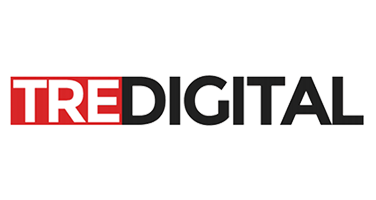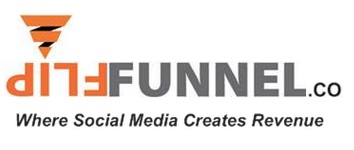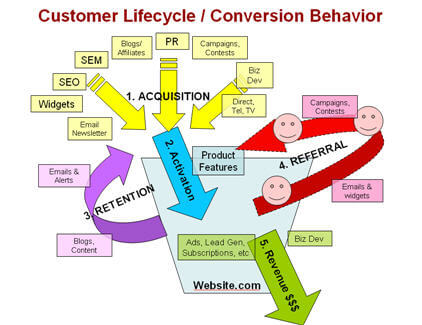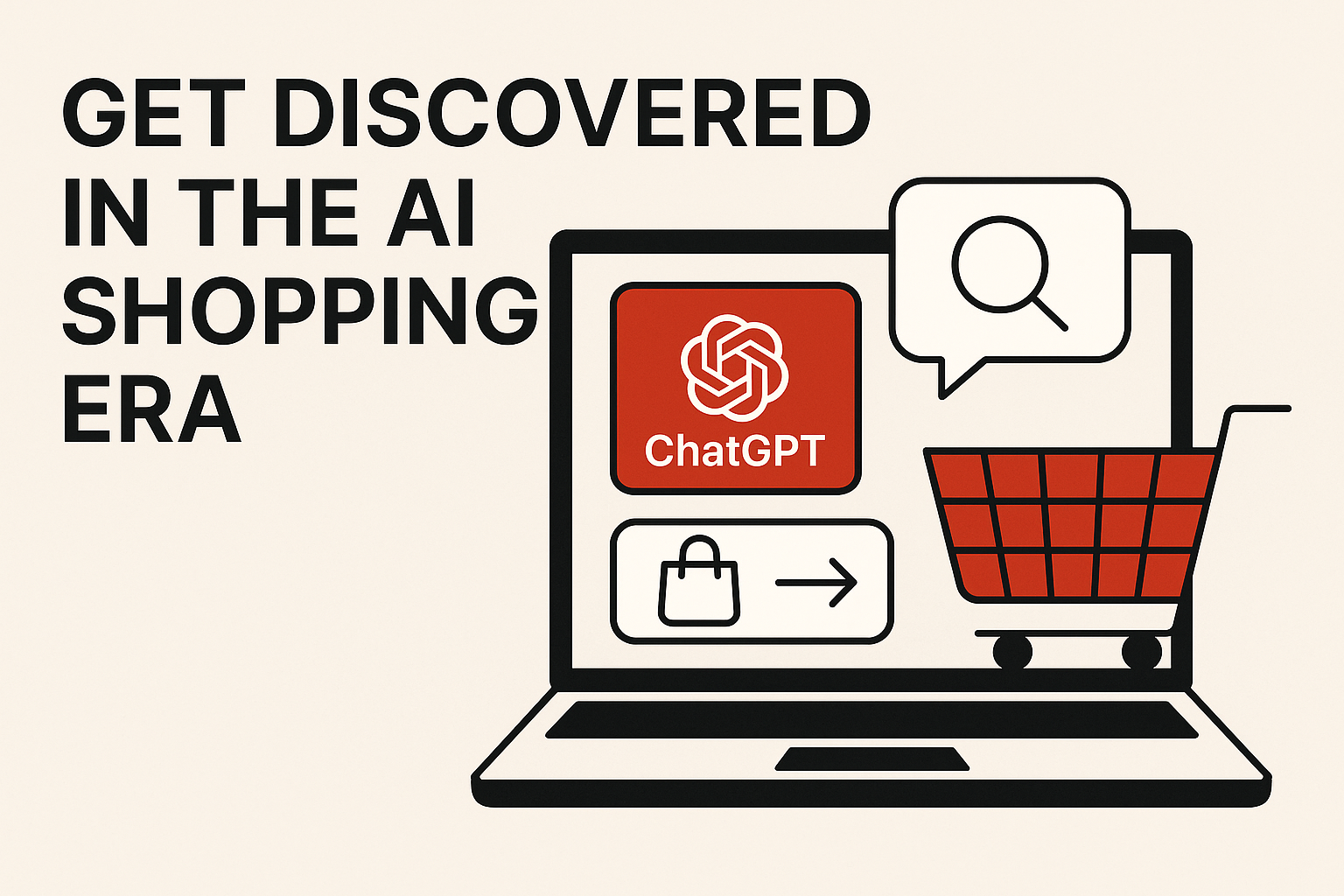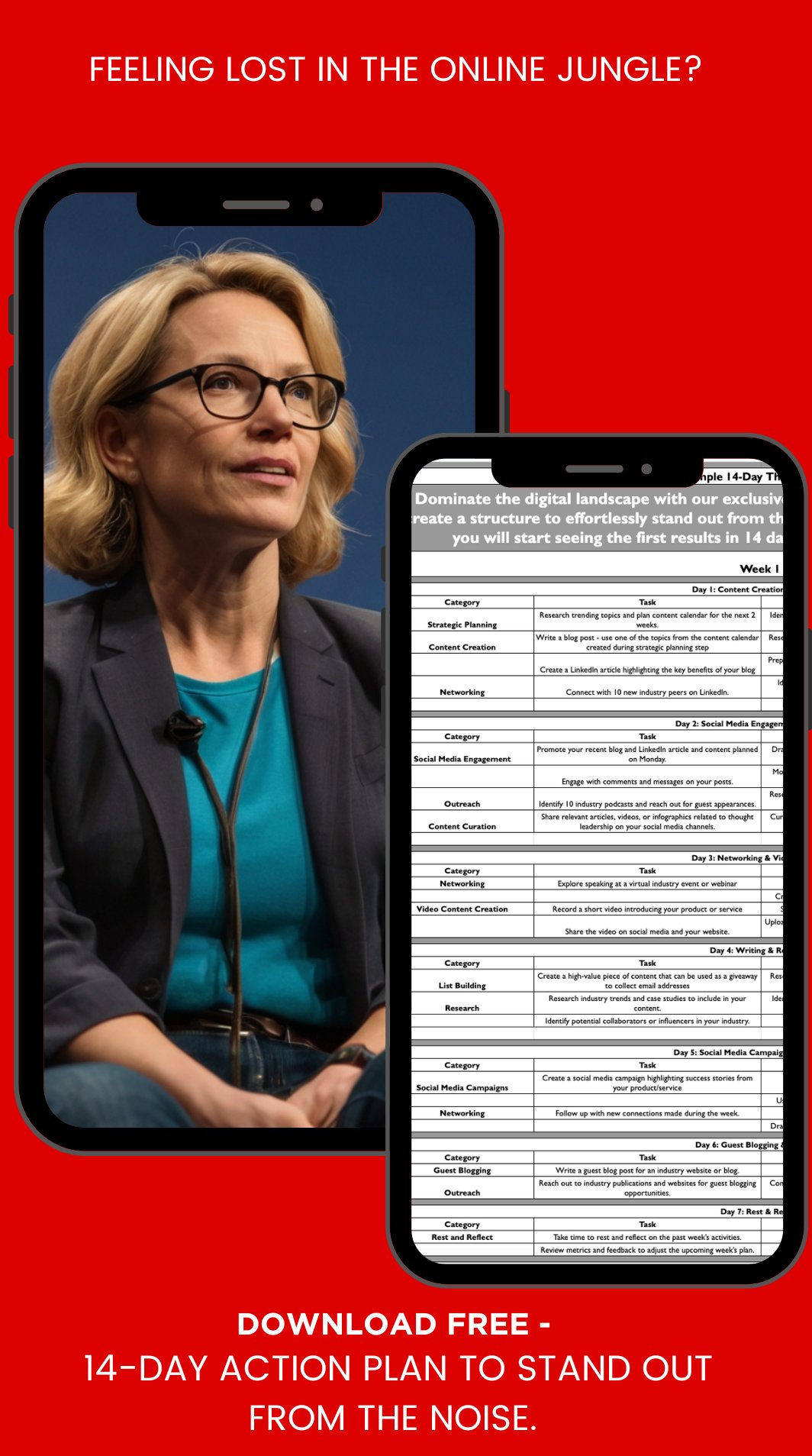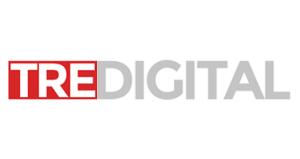Latest successes of companies using Lean Model inspired many followers of lean. However, many companies struggle with implementing it.
We still see at least 8 out of 10 businesses fail in the first year.
In the long run, business fail if they do not have a BHAG (Big, Hairy, Audacious Goal).
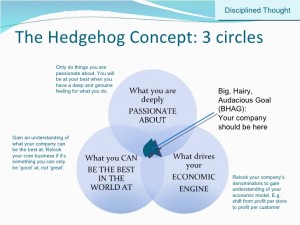
In the short run, they frequently fail due to over planning and overspending on the initial steps.
We see a lot of businesses, especially, technology startups, spend their type coding in isolation. They are working on “perfecting their product” BEFORE they ever talk to their potential customers. The founders believe that it is too early to market.
Table of Contents
ToggleWhy do we think Social Media works?
We grew Tredigital from a two-person consulting company to an agency with clients across all of North America, UK, and Australia. Our main lead generation comes via organic digital and social media.
It took us a few years to get to where we are now. Our approach has been:
a) Create a strong brand (measured by gaining 50K paying customers in 6 months or less)
b) Keep marketing and development budget exceptionally low (under $100 per experiment)
c) Share our best practices and lean growth techniques with as many founders and business owners as possible (monthly live seminars and online modules)
d) Test and document the approaches we see work and share these in our blog (weekly experiments shared via email).
Every week we will run a series of experiments to grow our new project. Inspired by Neal Patel’s 100K challenge, we will share tools, techniques, and experiments on our blogs.
We will also run a series of workshops to test these concepts with users building their businesses real-time.
Now, on to our very first experiment:
Experiment # 1 – Launching an idea fast with less than $100 budget
Choosing a name
Frequently, one of the hardest first steps is finding a name for a company or a project.
Very simply, there are 4 categories of names you can select: descriptive, inventive, experiential and evocative. Use Zinzin’s Naming Manifesto for a naming framework and scoring.
If you are struggling to come up with a name, try one of these 10 domain name generator tools.
Next factor to consider is one of the 500 domain name extension. Conventional wisdom from a few years ago dictated the need for .com extension.
In 2015, it is less of an issue. In fact, choosing extension other than .com is frequently recommended.
In our opinion, the two most deciding factor for the brand names are:
1 – Name availability across social media platforms.
If you are devising an online brand, social media platforms will accelerate your growth. This means that you must claim your profile on as many platforms as possible.
Your first step is to check name availability. Instead of checking manually, you can NameChk among other tools.
Some platform you may not care about (e.g. Ebay for us was non-essential for FlipFunnel). However, you will need to make sure that the name is still available for the top 10-15 platforms.
Once you registered your domain name (we used GoDaddy for ours), remember to claim your name on the top platforms.
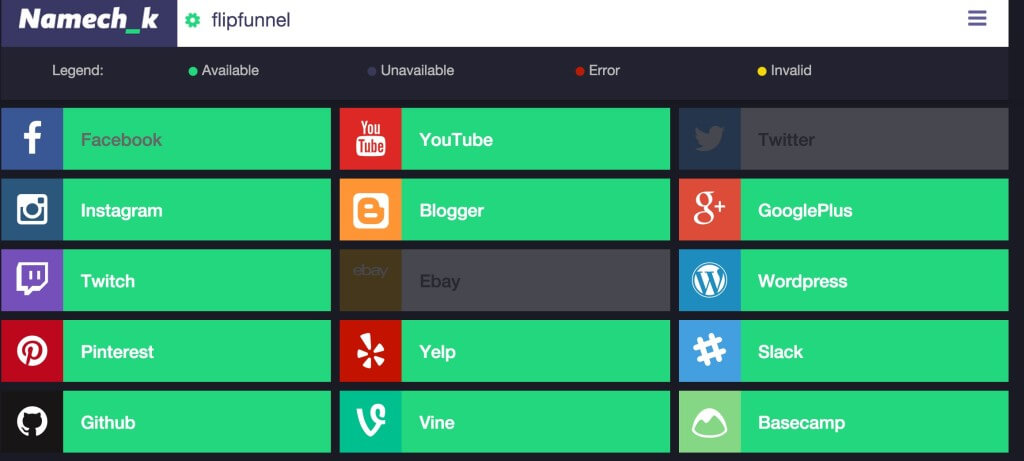
2 – Trademark availability
If you are building an enduring startup, you will be hiring a legal council. Before you get to this step, you can run your own quick Trademark search.
While FlipFunnel.com was not available, we discovered that FlipFunnel.co was fairly open across digital platforms and did not have an apparent trademark.
Creating brand identity
Brand identity is a loaded term. It takes years to establish and build. The logo is the first step of creating your brand’s identity. A winning logo is a combination of many well-planned elements.
Does it mean that you should invest a lot of time and money into creating a logo?
The answer is: not yet!
You would be surprised to know that many of the household name brands changed their logo (some more than once).
If you are just starting, think about core logo elements, such as color, font, and tagline. Then, head to Fiverr to create an initial version of your visual identity. Chose 1-2 designers who provide options for editing and multiple choices.
With some input from our social media followers and friends, this is what we ended up with. Not perfect, but not bad for $11.
Establishing Digital Presence
It is hard to believe that 25% of small businesses still do not have a website.
It is a huge mistake. According to surveys, anywhere between 76 to 94% of buying decisions are informed by online research.
Two other mistakes are fairly common:
a) Investing $5-10K into a professionally created website. It is is too premature given that the market validation has not happened.
b) Self-creating a website that is missing the critical components. The website becomes a digital brochure and missing the potential of growing your online brand.
1 – Choosing the right solution for your website
The best approach is to rely on existing technologies for the initial website. You will likely continue to update at least once if not twice a year.
Unless you are creating a custom app, WordPress is our top choice as it combines flexibility and ease of use. We prefer it over SquareSpace or Wix.
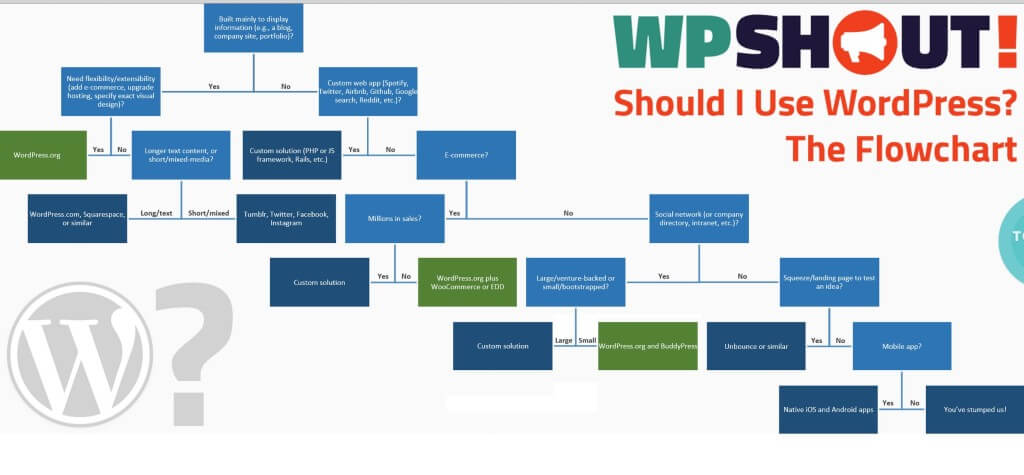
If you are creating an e-commerce solution, Shopify will give you everything you need to start your business. It is easy to use and comes integrated with a store front and a check-out engine.
For subscription-based business, Cratejoy provides an out of the box solution to manage recurring payments and subscriptions.
Unbounce and Leadpages are excellent solutions if you looking to build a pre-launch mailing list or to drive traffic to an event.
2 – Create strong “Activation” path
Dave McClure‘s model for startup metrics clearly outlined the digital sales path. If your website is missing critical conversion elements it can create a bottleneck in your funnel.
Website copy and images play a significant role in the conversion process. You should test best practices and examples of the strong value proposition and language. However, if you are just starting, you do not have the traffic you need to A/B test your content.
Furthermore, users landing on your website for the first time may not be ready to buy (yet). Your goal is to capture their attention (and their email) and continue to build relationships. Experienced marketers confirm that email is still the leading conversion tool.
You should focus your attention on building your email list.
Your visitors are fairly hesitant to give away an email address, just to receive an update. Lead Magnets are very effective in growing email list. Choose one of the 19 Lead Magnet ideas. Over time, you will see which ones of the lead magnets is working well and tailor your content accordingly.
There are over 60 tools for growing your email list. Most focus on delivering lead magnets and enticing users to stay at instead of exiting your site. These tools are fairly similar in their functionality, with the cost ranging from a couple of dollars to thousands.
We have tested a number of products. These two are our favorite (based on cost and functionality)
ConvertKit
ConvertKit is our absolute favorite program for managing content and lead magnets. the one we use for our campaigns. It is one of the easiest products to set up and manage.
HelloBar
In addition to being able to collect email addresses, HelloBar can also drive visits to a specific page or serve as a full-page takeover.
